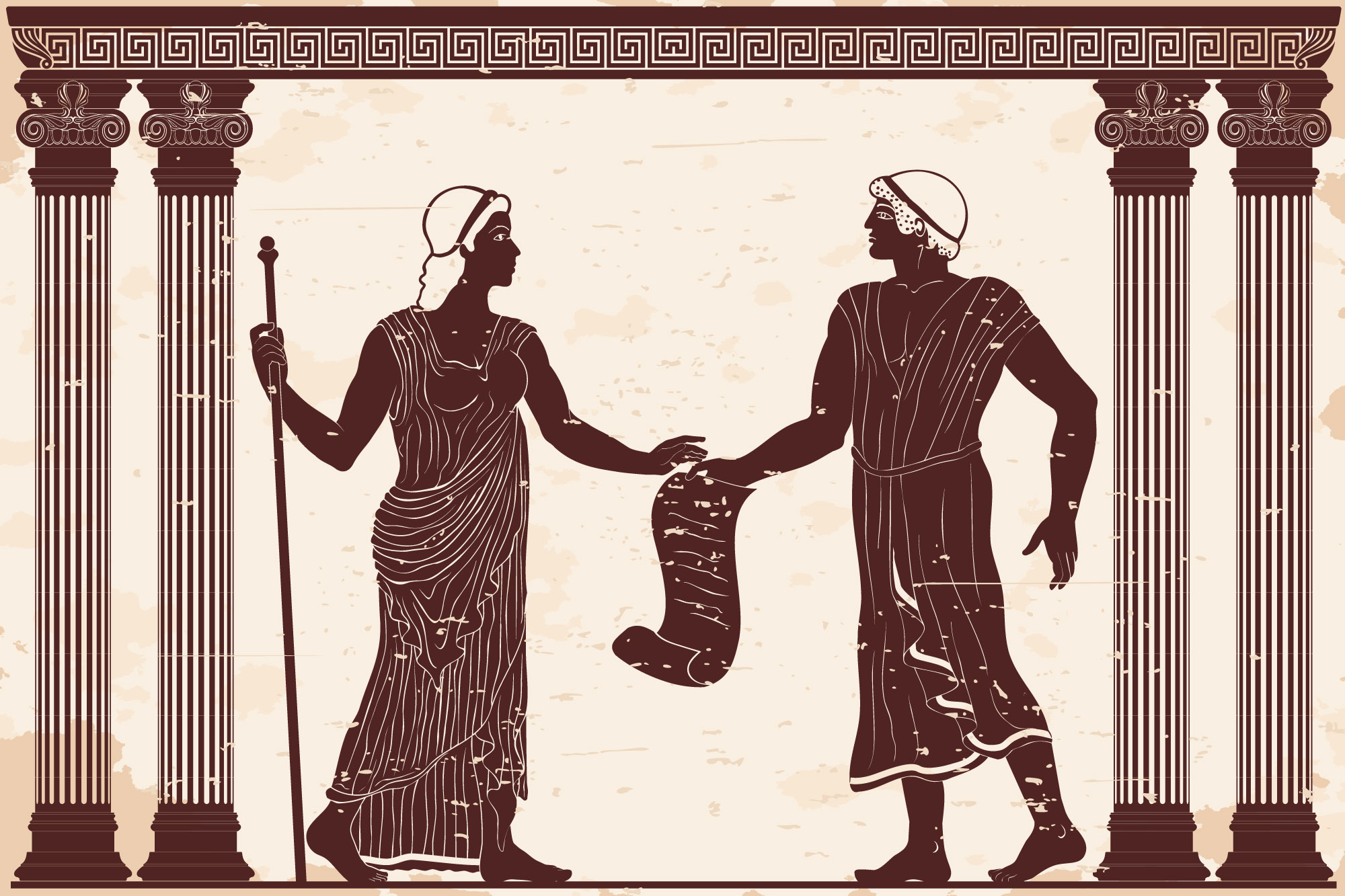
Understanding the Endgame
The endgame, or end of the game, is the third phase of a chess game, following the opening and middlegame. It begins when most of the pieces have been captured and few remain on the board. The lines between middlegame and endgame are blurred and often depend on the position rather than the move number.
Key Principles of Endgame Play
While endgames are often complex and difficult, the following principles can guide you:
King Activity: Unlike the middlegame, where the king primarily needs to stay safe, in the endgame, the king becomes a powerful piece. It should be activated and centralized as it can help support pawns and attack the opponent’s pawns.
Pawn Structure: The structure of your pawns becomes even more important in the endgame. Connected pawns are stronger than isolated ones, and passed pawns (pawns with no opposition on their way to promotion) can become a decisive advantage.
The Principle of Two Weaknesses: This principle states that it’s challenging to win with only one weakness, but creating a second weakness in the opponent’s position can often lead to victory. This is because it’s difficult for the opponent to cover both.
Simplicity: When ahead in material, simplifying the position by exchanging pieces (but not pawns unless it’s clearly beneficial) is usually a good strategy. This is because it’s generally easier to convert an advantage in an endgame with fewer pieces on the board.
Zugzwang: A situation where a player is put at a disadvantage because they must make a move – in the endgame, forcing your opponent into zugzwang can often be a winning strategy.
Familiar Endgame Scenarios
There are several typical endgame scenarios, knowledge of which can often make the difference between a win or a draw, or a draw and a loss. Some of them include:
King and Pawn Endings: Understanding the concept of the “square of the pawn,” opposition, and the importance of pawn promotion is essential.
Rook Endgames: These are the most common type of endgame, so knowing the basics, like the Lucena and Philidor positions, can be very beneficial.
Bishop Endgames: Understanding the difference between “same-colored” bishop endgames and “opposite-colored” bishop endgames is crucial.
Knight Endgames: While less common, knowing some basic knight endgame principles, like the fact that knights are poor at dealing with passed pawns, can be very useful.
Queen Endgames: These are complex and often full of perpetual check possibilities. Understanding how to avoid these and how to checkmate with a queen is very important.
Navigating the endgame can be complex, but it’s an essential part of improving your chess. The endgame underscores the themes of king safety, piece activity, and pawn structure, which run throughout every phase of the game. Next up, we’ll cover how to understand chess notation, which is important for studying the game. Until then, happy playing, and may your endgame always be strong!







